Italian cuisine is celebrated around the world for its simplicity, fresh ingredients, and regional diversity. However, not every restaurant advertising itself as Italian truly captures the essence of this rich culinary tradition.
In a sea of eateries offering “authentic” Italian experiences, it’s crucial to spot the telltale signs of establishments that may not live up to the genuine flavors of Italy. This article explores 12 distinct signs that might indicate your chosen Italian restaurant is not as authentic as it claims to be. From menu offerings to the ambiance, these red flags can help you decide whether to stay or find a place that better respects Italian culinary heritage.
Be prepared for a flavorful exploration that will sharpen your senses and enhance your dining choices.
1. Garlic Bread with Marinara as the First Thing Served
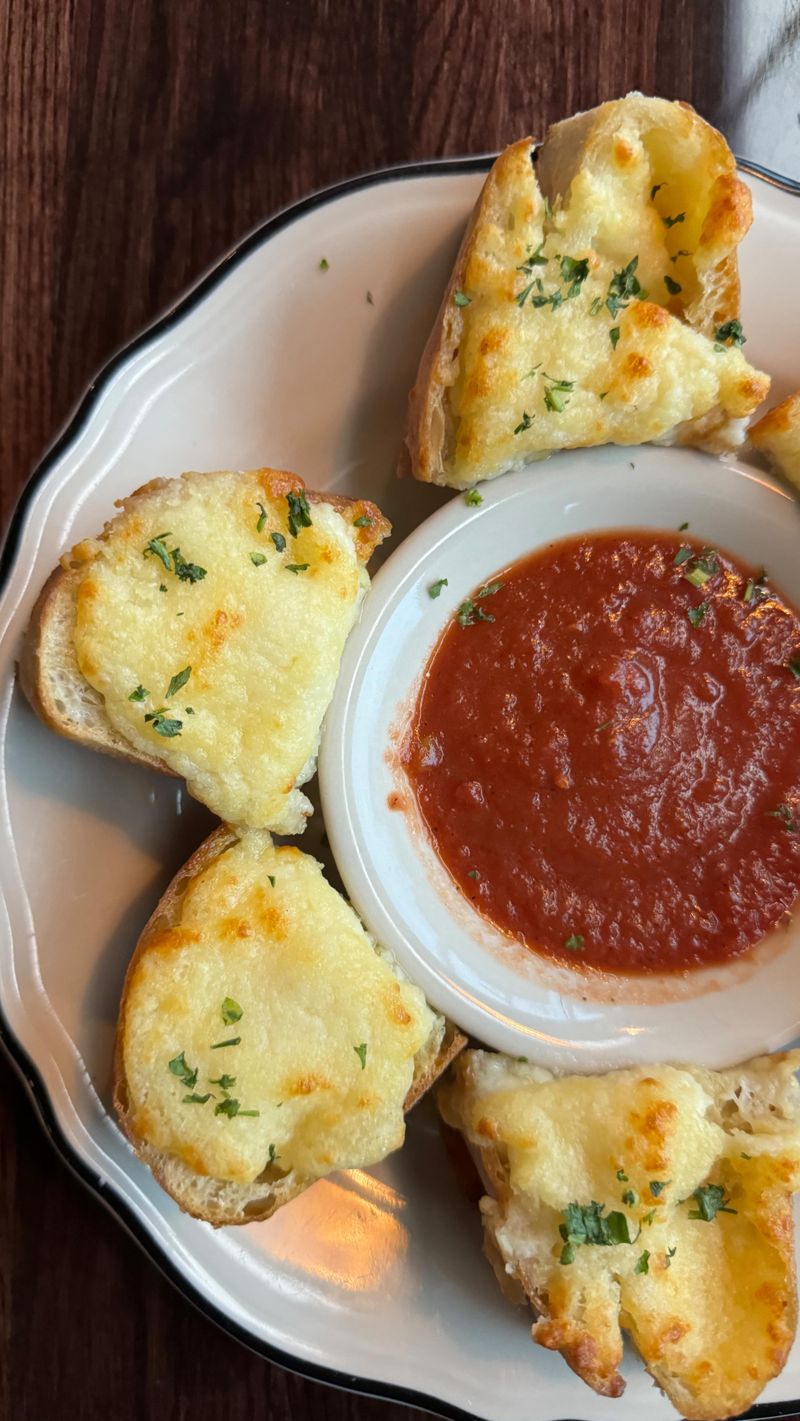
Few things scream “Italian-American chain” louder than a plate of garlic bread with a side of red sauce hitting your table before you’ve even ordered. In true Italian dining, meals begin subtly—think olives, a light crostino, or maybe some prosciutto and melon. The garlic-bombed toast slathered in butter and herbs is not only inauthentic but often a lazy culinary shortcut. Marinara on the side isn’t a starter in Italy; it’s part of a composed dish, not a dip. Restaurants that open with this tend to operate on cliché rather than craft. It’s a red flag that what’s to come may be more imitation than inspiration. When your first bite feels like a gimmick, take it as a preview of the meal’s mediocrity.
2. A Giant, Laminated Menu with Photos
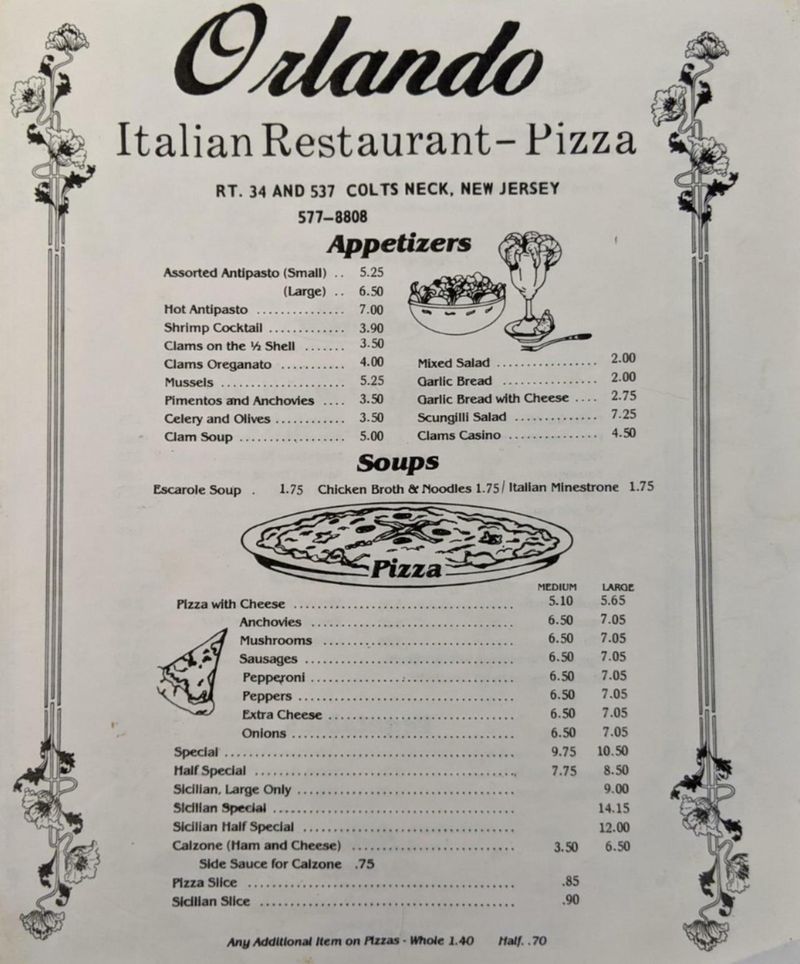
An oversized, laminated menu filled with glossy photos and hundreds of options rarely bodes well for what arrives at your table. In Italy, menus are often short, seasonal, and handwritten or printed anew each day. A visual menu might work in a fast-casual spot, but in a supposed trattoria, it’s more like a culinary red alert. Too many dishes typically mean frozen ingredients and microwaved prep. You won’t find twenty pasta varieties, pizza, burgers, and steak all coexisting on one page at a real osteria. It’s a sign the kitchen isn’t focused—and that translates directly to flavor. Simplicity and intention are the heart of Italian cuisine, and a bloated menu often lacks both.
3. Alfredo Sauce on Everything
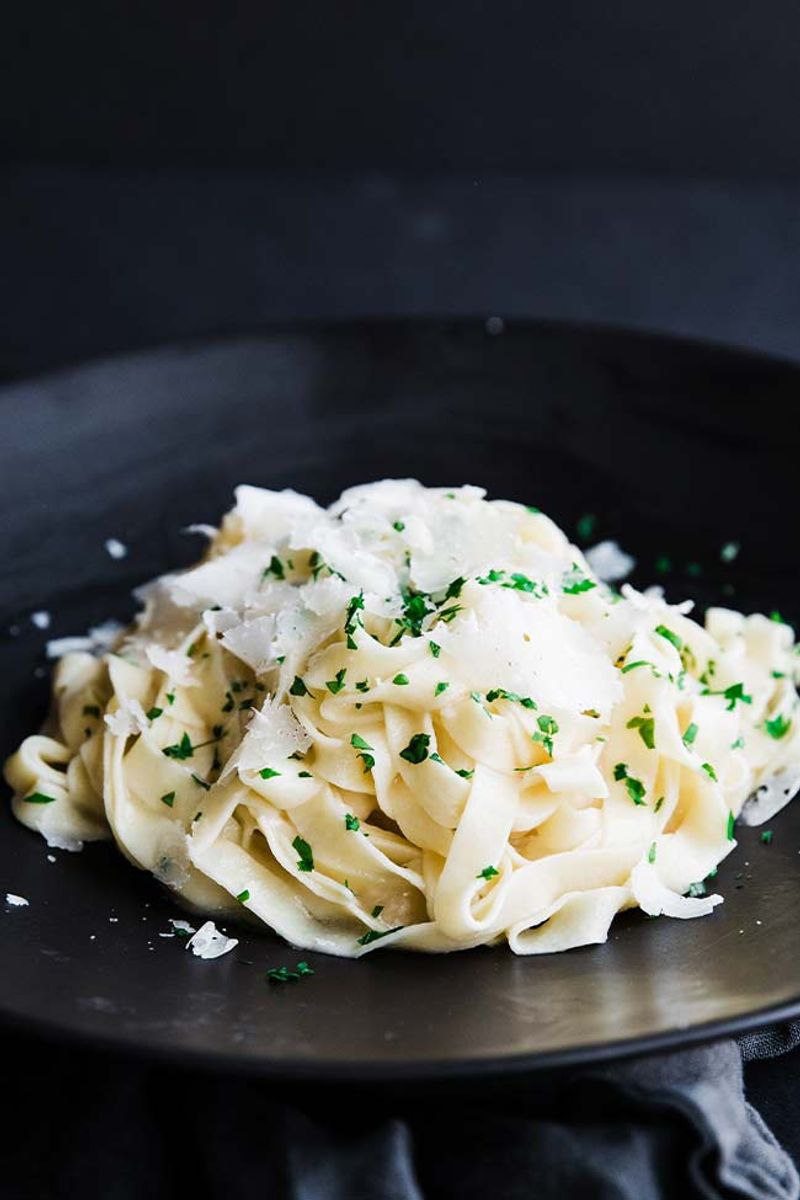
If you see Alfredo sauce popping up across half the menu—from shrimp pasta to gnocchi to pizza—it’s time to question the chef’s credentials. Though Alfredo has roots in Rome, the rich cream-based version is largely an American fabrication. Authentic Italian cooking leans on olive oil, butter, fresh herbs, and well-aged cheeses—not gloopy white sauces. When this heavy option becomes the default, it’s often masking low-quality pasta or poorly balanced recipes. You won’t find true Alfredo in Florence or Naples; it’s just not part of the traditional lexicon. Overuse of this sauce suggests the restaurant is catering to a lowest-common-denominator palate. If every dish seems to bathe in cream, trust your instincts and skip dessert.
4. “Chicken Parm Pasta” or “Spaghetti with Meatballs” as Headliners
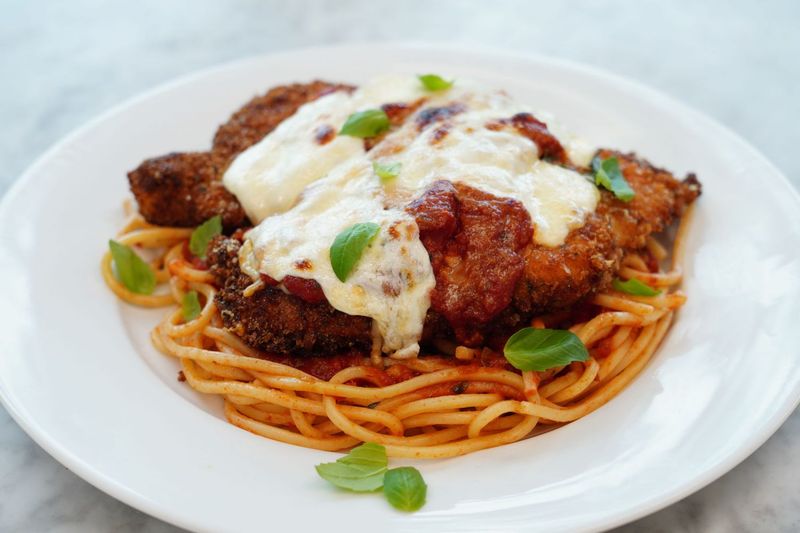
Main courses that shout “chicken parm over spaghetti” or “giant meatballs on noodles” might win over hungry tourists, but they’d never appear on a menu in Rome. These combinations are distinctly Italian-American and, while nostalgic for some, they’re culinary red herrings. In Italy, pasta is served separately from meat, and the two rarely share a plate. That structure exists for a reason—each course has its time, texture, and temperature. Blending them into a single pile dilutes their individual integrity. A restaurant that leads with these options may not respect the roots of the cuisine. It’s not just a menu choice—it’s a sign of how the kitchen thinks about Italian food.
5. Overuse of Cream and Cheese in Every Dish
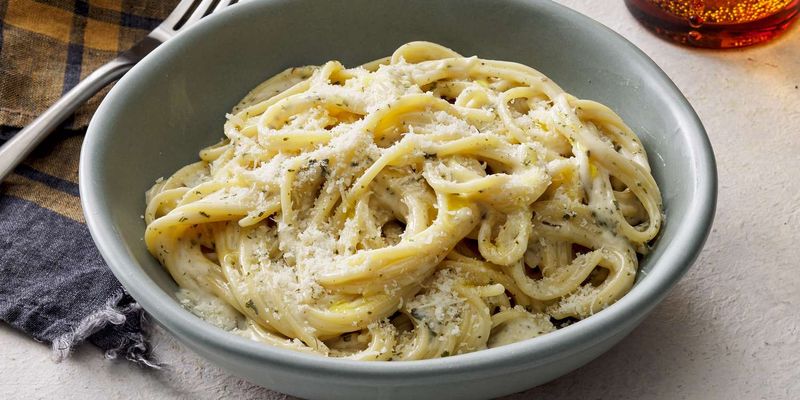
While cheese is beloved in Italy, its use is precise, purposeful, and never overdone. Dousing everything in melted mozzarella or adding cream to dishes that traditionally don’t have it suggests culinary insecurity. Italians value harmony: the salt of the pecorino, the bite of arugula, the sweetness of tomato—all working in tandem. When every plate arrives coated in dairy, it’s a red flag that the chef may be compensating for blandness. Cream sauces, in particular, can overwhelm delicate flavors like saffron, seafood, or truffle. It’s one thing to enjoy a decadent lasagna; it’s another when your salad tastes like Alfredo. Trust your gut—too much richness often masks a lack of skill.
6. No Mention of the Region or Origin of Dishes
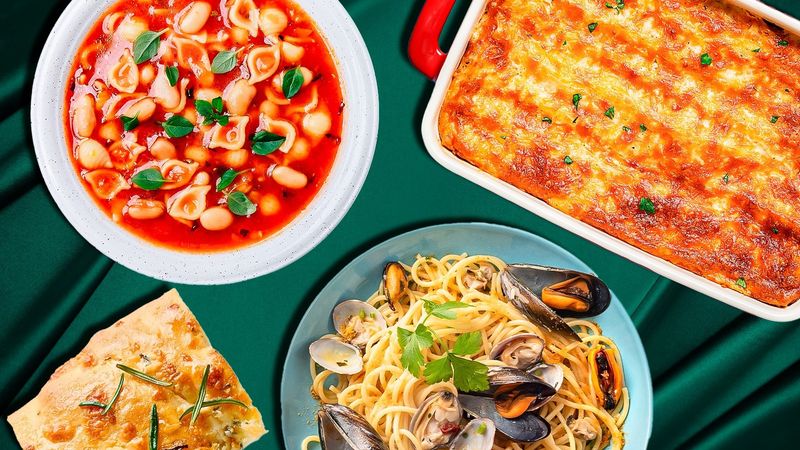
Italy’s culinary traditions are deeply regional, and any quality Italian restaurant will highlight that proudly. A menu that simply lists “pasta” or “pizza” without nodding to its birthplace—like “alla Genovese” or “Napolitana”—misses the point. Food in Italy isn’t one-size-fits-all; it’s a patchwork of hyper-local specialties. Absence of regional identity suggests the menu is generic, cobbled together more for trendiness than taste. A real Italian chef knows their roots and crafts their offerings accordingly. Whether it’s the citrusy influence of Sicily or the butter-rich dishes of the north, region matters. Without that context, you’re not eating Italian—you’re eating a bland impersonation.
7. Bread That’s Warm but Not Fresh
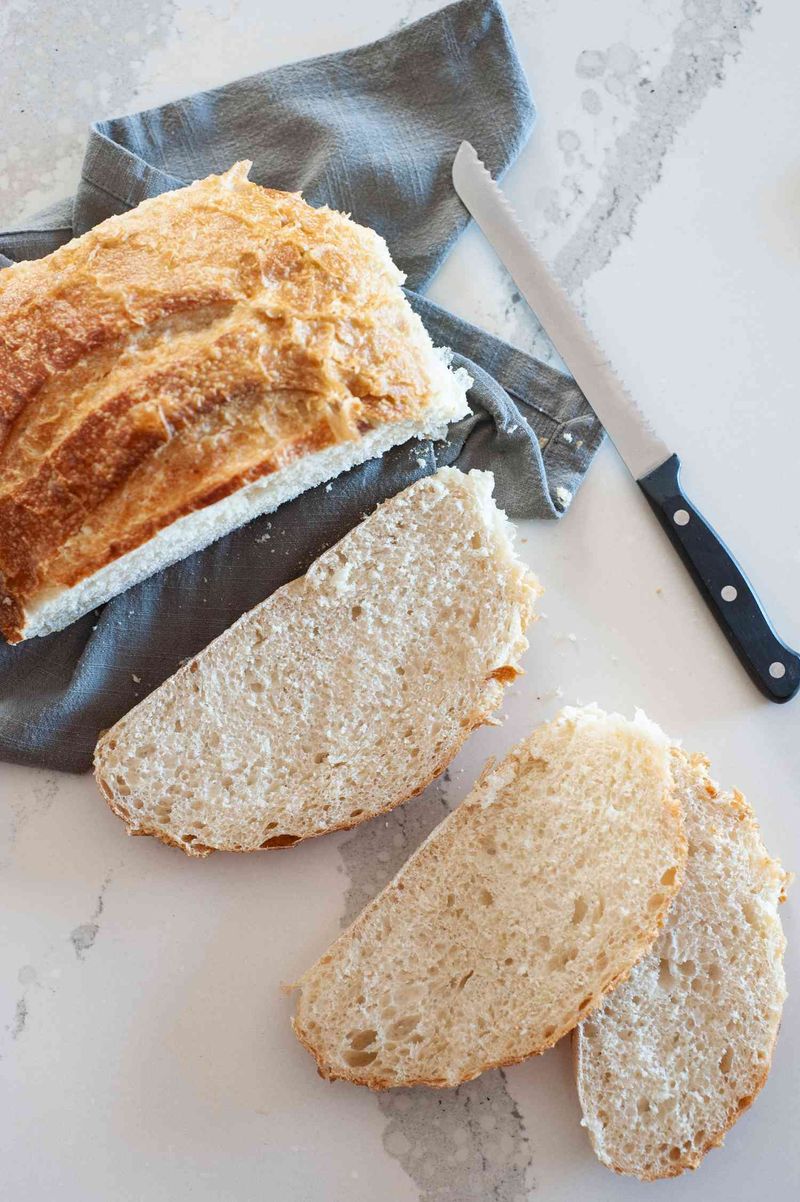
There’s a difference between bread that’s been baked recently and bread that’s been reheated. Italian restaurants should serve bread with a crusty exterior, light crumb, and unmistakable aroma—not something soft, chewy, and lifeless. If your basket feels like it’s been nuked in the microwave, that’s not hospitality—it’s a shortcut. True Italian spots take pride in their bread, often baking it daily or sourcing it from local artisanal bakers. Warm doesn’t mean fresh; it just means warm. You deserve better than last night’s loaf disguised as today’s delight. Pay attention to texture—it speaks volumes about the kitchen’s standards.
8. Bottled Dressings on the Table

Bottles of store-bought dressing sitting next to the salt shaker are a tragic betrayal of Italian food philosophy. In Italy, salad is dressed with nothing more than extra virgin olive oil, vinegar, and a pinch of salt—right at the table. Seeing ranch, Thousand Island, or pre-made Caesar is jarring and entirely out of place. It reflects a misunderstanding of balance and simplicity, two pillars of Italian cuisine. No good Italian chef would outsource flavor to a plastic bottle. If your greens are expected to bathe in preservatives and thickeners, your main course might suffer the same fate. Trust restaurants that respect the raw ingredients instead of hiding them.
9. A Fake Italian Accent or Cheesy Decor
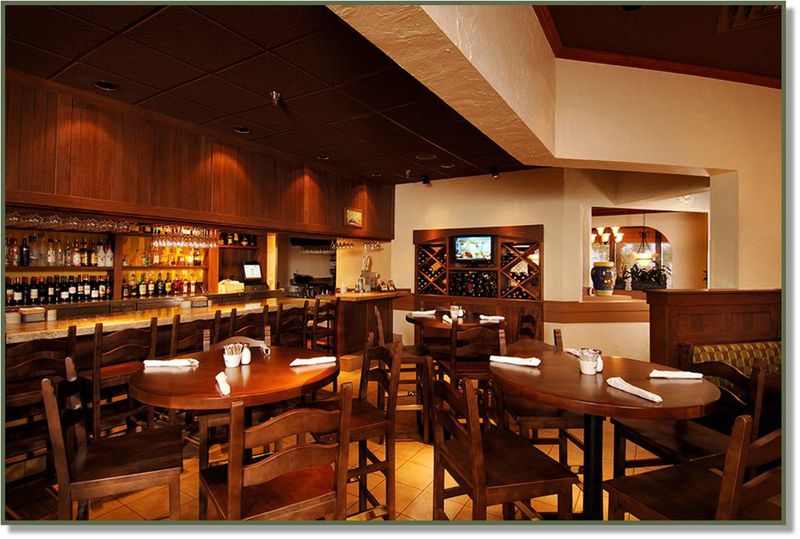
A waiter putting on a theatrical “mama mia!” voice or a space decked out in plastic grapevines is more theme park than trattoria. While atmosphere matters, authenticity comes from restraint, not kitsch. Over-the-top decor and forced flair often mask a mediocre kitchen. True Italian hospitality feels effortless, not staged—it welcomes, not entertains. You’re there for a culinary journey, not a costume party. When the ambiance overshadows the food, it usually means the menu can’t stand on its own. A well-worn wood table and a good bottle of wine are all you really need.
10. No Espresso Machine in Sight

Espresso is the heartbeat of any Italian dining experience, from breakfast to post-dinner digestivo. If a restaurant lacks a proper espresso machine—or worse, offers instant coffee or pod-based brews—it’s abandoning a core ritual. The espresso bar is often a focal point in real trattorias, where locals gather, gossip, and savor their shots. A cheap or missing setup signals a lack of care for both tradition and taste. No self-respecting Italian restaurant would close out your meal with bitter drip coffee or frothy disappointment. Proper espresso requires attention, skill, and the right tools. Without them, the final impression falls flat.
11. Frozen Desserts Masquerading as Homemade

The moment your fork hits a rock-solid slice of tiramisu or a gelatinous panna cotta, you know the truth. Frozen, mass-produced desserts are the antithesis of Italian sweetness. Authentic dolci are light, layered, and made with real mascarpone, fresh eggs, or seasonal fruits. If the texture feels spongy or the flavor artificial, chances are it’s been thawed, not crafted. Presentation may be charming, but substance matters more. Homemade desserts complete the Italian meal with grace and finesse. If the last course disappoints, it’s a clear sign corners are being cut.
12. Olive Garden Vibes (No Offense)
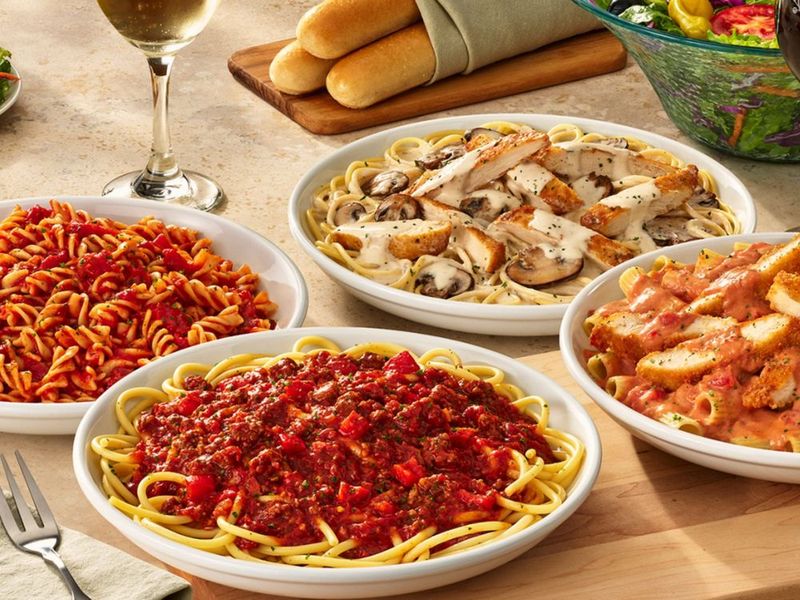
Endless breadsticks, salad refills, and lightning-speed service might work for chain restaurants, but they contradict the Italian ethos of slow, thoughtful dining. Real Italian meals are unhurried affairs, often lasting hours with multiple courses and conversation. When you’re rushed to order and offered “unlimited sides,” it’s more about volume than value. You shouldn’t feel like you’re on a conveyor belt through a pre-set experience. Italian dining is as much about pacing and presence as it is about pasta. If you’re in and out before your wine breathes, something’s off. Quality can’t be rushed, and neither should you be.
Leave a comment